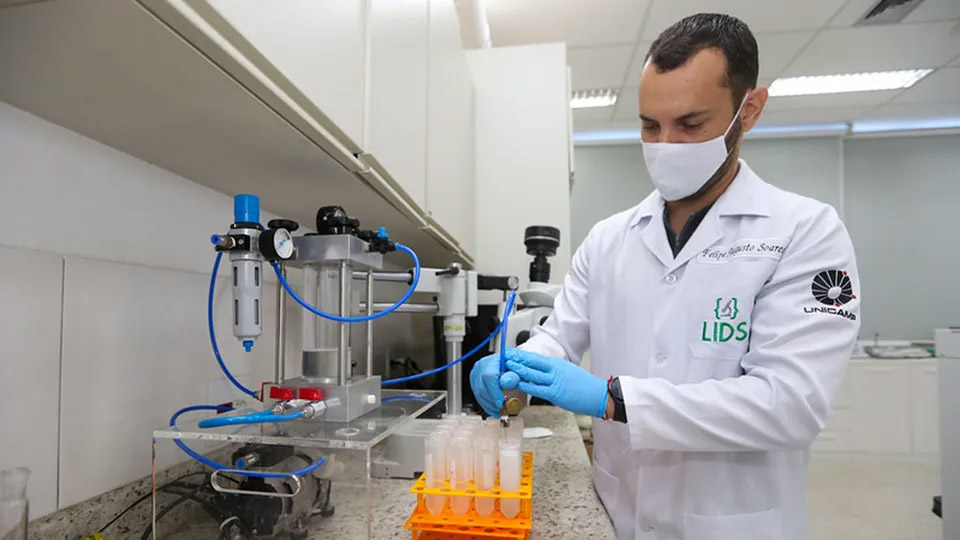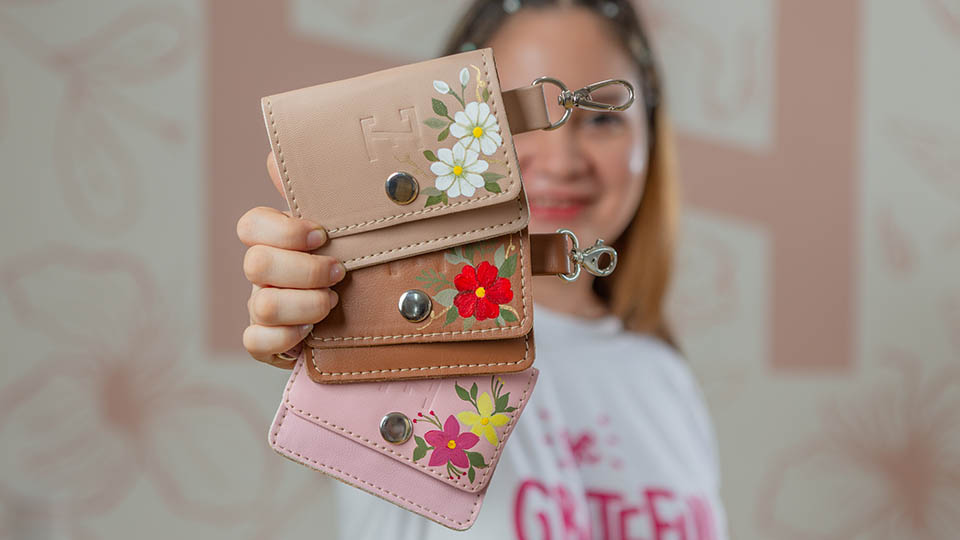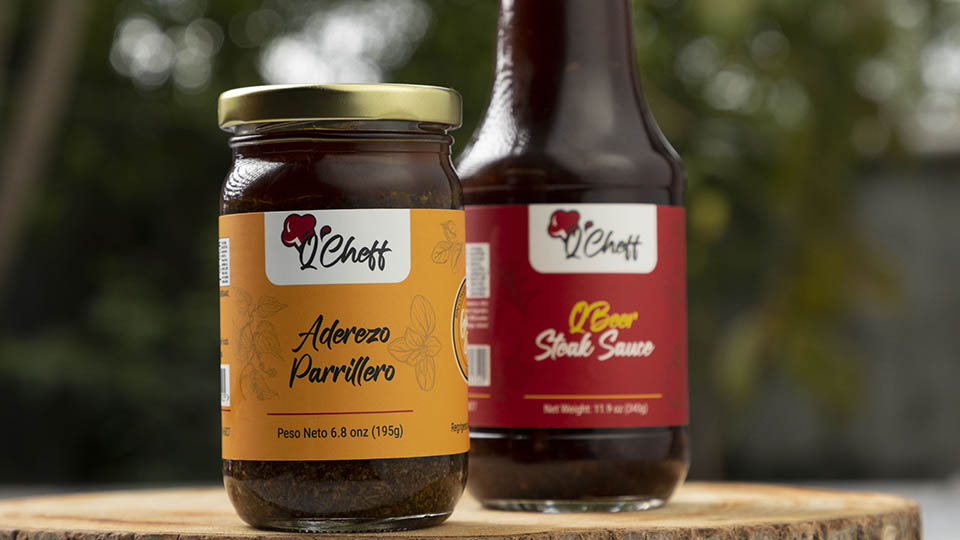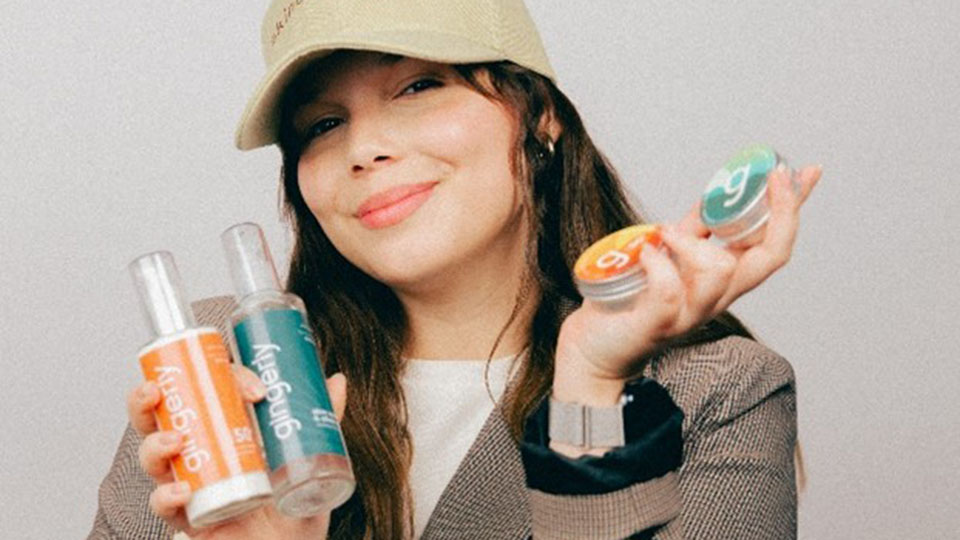Two young environmentally conscious stem-cell scientists from Singapore put their heads together in 2018 to create the first cultivated crustacean company in the world. Still in the process of research and development, Shiok Meats is on the verge of entering the final manufacturing, scale-up, and commercial production phases. The two co-founders hope to offer cell-based shrimp, lobster, and crab meat in minced form to Singapore, where they are located, then to the Asia-Pacific region and beyond.

Dr. Sandhya Sriram, a stem cell biologist, and scientist is Shiok Meats’ Group CEO and co-founder. She was always fascinated by the wonders stem cell science can bring to humans and the planet, and had an “innate drive to challenge the status quo and disrupt for “good.” Inspired by Mark Post, the Dutch researcher who unveiled the world’s first cell-based hamburger in 2013, she set to develop the technology in Asia with seafood, which is the “most loved protein in this part of the world,” she said.
Shiok Meats’ other co-founder is Dr. Ka Yi Ling, a developmental and stem cell biologist specializing in tracing and studying stem cells during development. She was the recipient of an A*Star National Science Scholarship and holds a Ph.D. from the University of Wisconsin-Madison, in the United States.
“My main motivation was to find a sustainable solution to feed the ever-increasing population without creating additional pressure on the otherwise declining ocean health,” Sandhya said. “Nobody was thinking about cultivated seafood or any alternative to seafood on our home turf Asia when we started in 2018, even though Asia is the largest consumer, importer, and exporter of seafood in the world, and nobody was doing cell-based crustaceans globally.”
Ka Yi and herself started in a lab with two founders. “Today we are an agile team of 50+ scientists, researchers, food technologists, and business professionals working on a path-breaking technology,” she noted.
Cell-Based Seafood
Environmentally friendly, Safer, Guilt-free Crustacean

Producing and eating cell-based crustaceans will help solve numerous environmental and health-related challenges, according to Sandhya. For example, it will avoid the massive bycatch generated by wild shrimp fishing. On average, she said, for every 1 lb of wild shrimp, there are 20 lbs of bycatch. Another issue is the presence of micro plastics in seafood, and parasitic worms in raw seafood, which has increased 283-fold in the past 40 years. The crustacean fishery and wild-caught industry emit some 187,9 kg of carbon dioxide per kilogram of crustacean produced, and the crustacean aquaculture alone was found to emit more carbon emissions than the cultivation of pork or poultry, Sandhya explained.
The conversion of mangroves to shrimp farms has resulted in the loss of approximately 1.5 million hectares of mangroves since 1980, she said, adding, “that studies have shown that cultivated seafood and meat use considerably less land, water, and energy than traditional production.”
State of the Art Cellular Agriculture Technology
The company is creating crustacean meat using cellular agriculture technology. Stem cells are isolated from a small sample of crustaceans (shrimp, lobster, crab) and grown in a liquid nutrient media (nutrient broth), Sandhya explained. Cells do not have to be collected from animals systematically, as Shiok Meats uses starter cultures from a stem cell bank “much like your yogurt or sourdough making.”
Stem cells are expanded into small bioreactors and progressively moved to larger bioreactors, large stainless steel tanks. Once the cells have grown to a large enough mass, over four to six weeks, they form the meat and can be collected. The final meat is used as an ingredient in delicious dishes, such as dumplings, soups, terrine, crab cake, and chili crab, she described, adding that the nutrient broth is further dried, turned into powder, and can be used as seasoning.
“Shiok Meats can grow shrimp, lobster, crab, and crayfish with its fundamental meaty /umami taste as it comes from the animal cell inherently. “
Marketing strategy of Shiok Meat in Asia-Pacific
After pursuing R&D for the last four years, the company is getting ready to launch its products on the market. The initial market will be Singapore, with plans to expand to the rest of the Asia-Pacific region depending on factors such as consumer acceptance, regulatory landscape, and the status of the alternative meat ecosystem including cell lines, culture media, scaffolding, and bioprocess players.

Potential customers would be restaurants, food-manufacturing companies, and customers “who believe in bringing a sustainable source of protein to their diet.”
The initial launch price will be higher than the traditional market due to limited production and higher costs of inputs. However, as production increases and the company achieve economies of scale, costs and prices will go down, and be affordable to the masses in the long run, Sandhya said.
Future Global Leader in Cultivated Seafood
Shiok Meats filed a patent to protect its technology for establishing crustacean cell lines and producing cultivated crustacean meats for food application, and a patent for the production of crustacean seasoning from the nutrient media used to grow the crustacean cells. Those patent applications were instrumental in the company's fundraising efforts, which yielded USD 30 million since Shiok Meats’ inception, Sandhya said.

Once the patents are granted, Shiok Meats will be the global leader in cultivated seafood. The next step will be to license the technology to food manufacturers and other seafood and meat companies so they can produce meat and seafood in a sustainable, ethical, and environmentally friendly manner, she said. The company is looking at collaborations and partnerships in the cellular agriculture space to offer a full suite of products to consumers worldwide in the future.
“We want to be on the Shelf of the Future as an alternate source of protein which is tasty, healthy, sustainable, and cruelty-free,” Sandhya pointed out.
Women in STEM leading Shiok Meats
It is not by design that most of the Shiok Meats staff are women. “It’s sheer talent,” said Sandhya. Shiok Meats works with various educational institutions, schools and colleges, library boards, non-government organizations, and university career centers “to draw attention to the urgency of growing food sustainability and thus, encouraging youth (men and women alike) to come to be a part of this mission.” “Women in STEM remains a challenge, but we are keen to continue the outreach to bring in more talent,” she said.



